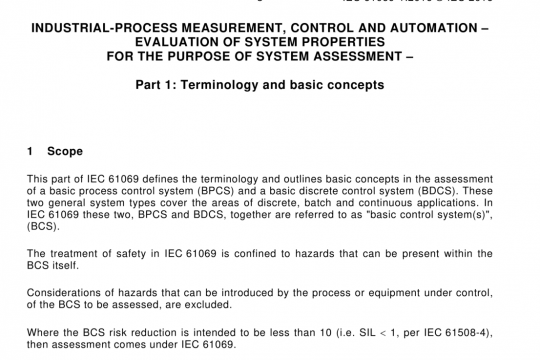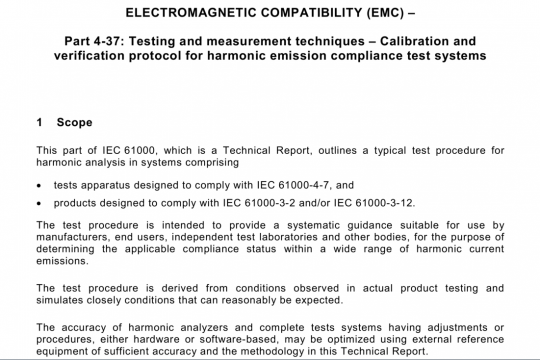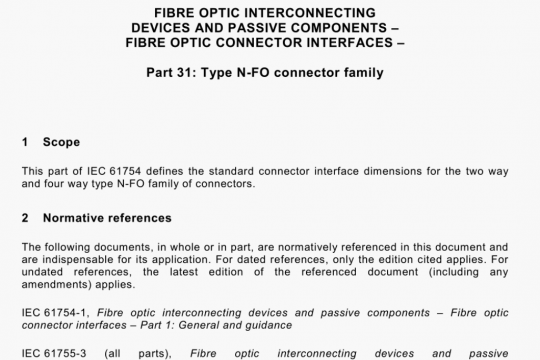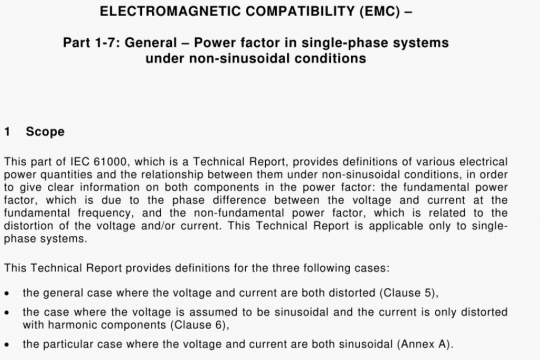EN IEC 62902 pdf free download
EN IEC 62902 pdf free download.Secondary cells and batteries – Marking symbols for identification of their chemistry.
3.8 lithium metal battery battery which incorporates one or more lithium cells with an organic solvent electrolyte or a solid electrolyte, a positive electrode and a negative electrode composed of lithium metal 3.9 monobloc battery battery, with multiple separate but electrically connected cell compartments each of which is designed to house an assembly of electrodes, electrolyte, terminals or intercell connections and possible separators [SOURCE: IEC 60050-482:2004, 482-02-17, modified —The word “interconnections” has been replaced by “intercell connections” in the definition and the note has been deleted.] 3.10 nickel cadmium battery secondary battery with an alkaline electrolyte, a positive electrode containing nickel oxide and a negative electrode of cadmium [SOURCE: IEC 60050-482:2004, 482-05-02, modified — The first preferred term “nickel oxide cadmium battery” has been omitted.] 3.11 nickel metal hydride battery secondary battery with an electrolyte of aqueous potassium hydroxide, a positive electrode containing nickel as nickel hydroxide and a negative electrode of hydrogen in the form of a metal hydride [SOURCE: IEC 60050-482:2004, 482-05-08] 3.12 secondary cell cell which is designated to be electrically recharged [SOURCE: IEC 60050-482:2004, 482-01-03, modified — The note has been deleted.] 3.13 marking line, shape, pattern, letter or symbol on the surface, which helps to identify features of the marked product or material 3.14 symbol written character or mark used to represent information EXAMPLE: The recycling symbol represents the information that the battery is to be recycled. 3.15 label sheet with an adhesive layer containing information for application on products 3.16 valve regulated lead acid battery VRLA secondary battery in which cells are closed but have a valve which allows the escape of gas if the internal pressure exceeds a predetermined value Note 1 to entry: The cell or battery cannot normally receive additions to the electrolyte.
Solvents should not be used to clean batteries and modules as otherwise damage to the plastic components can result. Approved cleaning fluids are only those that are expressly specified by the battery manufacturer.
6.2 Test procedure
6.2.1 General
The test shall be carried out on three of the required markings in their definitive size, form, material and execution.
The test shall consist of visual verification for the presence and legibility of all the required markings before and after exposure to selected chemicals.
The durability of the marking shall be tested in accordance with IEC 60896-21:2004, 6.6 and IEC 60896-22:2004, 6.6.
6.2.2 Test with water and recommended cleaning agents
The markings shall be rubbed for 15 s with a piece of cloth soaked with water and then rubbed for 15 s with a piece of cloth soaked with the cleaning agent recommended by the battery manufacturer for battery cleaning, dried in air and then inspected visually.
6.2.3 Test with electrolyte
The markings shall be rubbed for 15 s with a piece of cloth soaked with electrolyte, dried in air and then inspected visually.
6.2.4 Test with neutralizing solutions
The markings shall be rubbed for 15 s with a piece of cloth soaked with a saturated solution of sodium carbonate (Na2CO3) or sodium bicarbonate (NaHCO3) in water, dried in air, and then inspected visually.
6.3 Criteria
The marking symbols shall be readable and visible after each test.
EN IEC 62902 pdf download.




